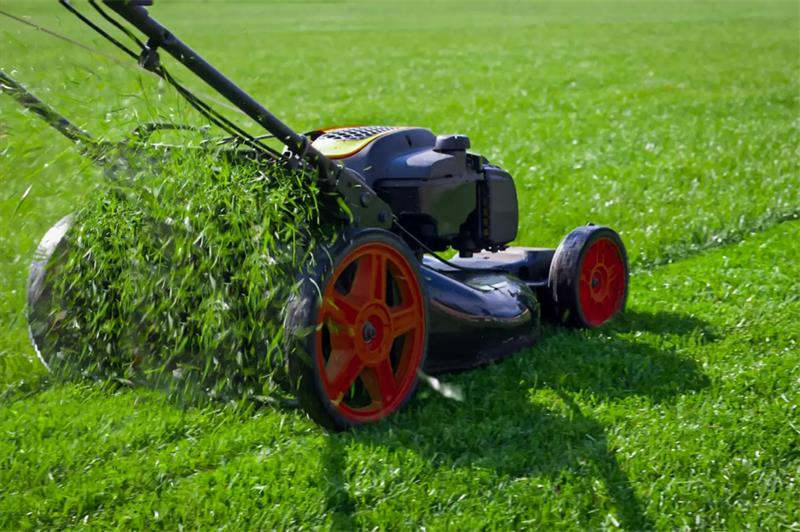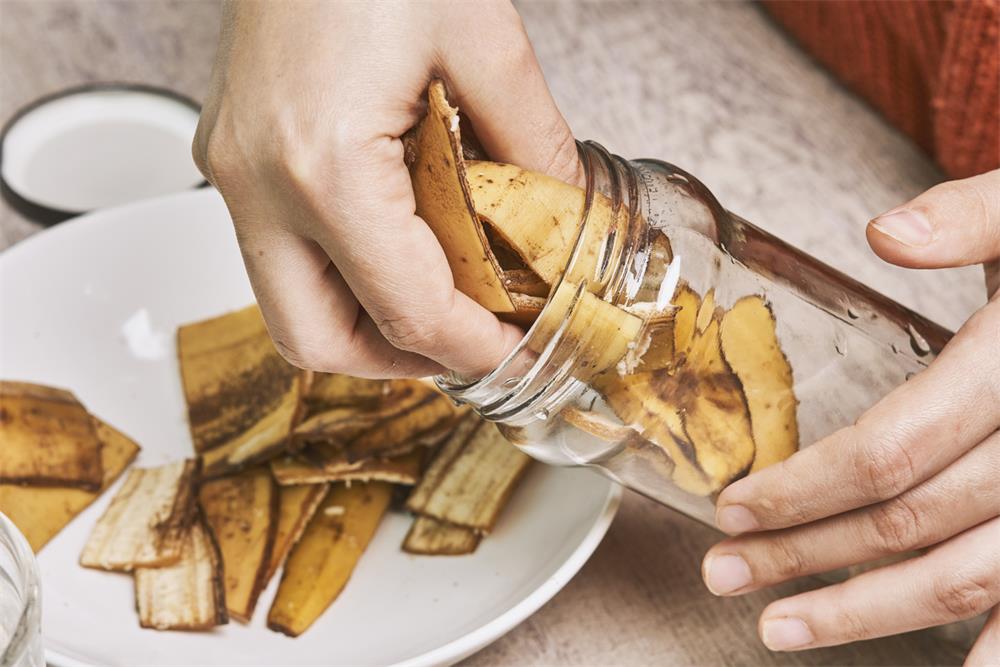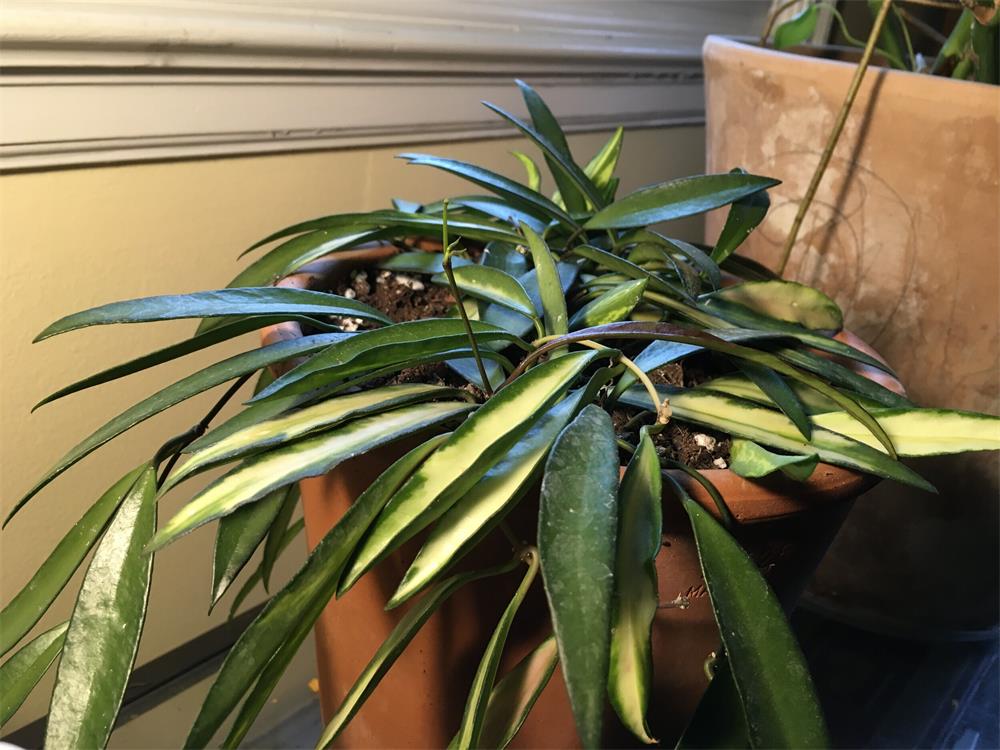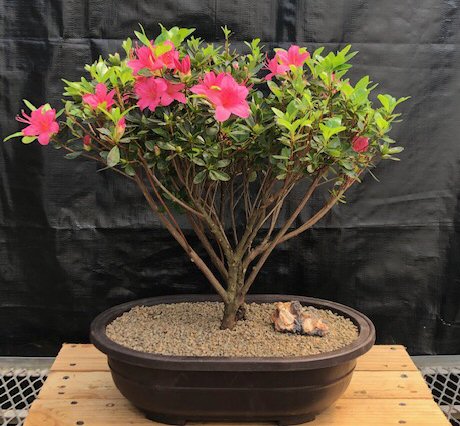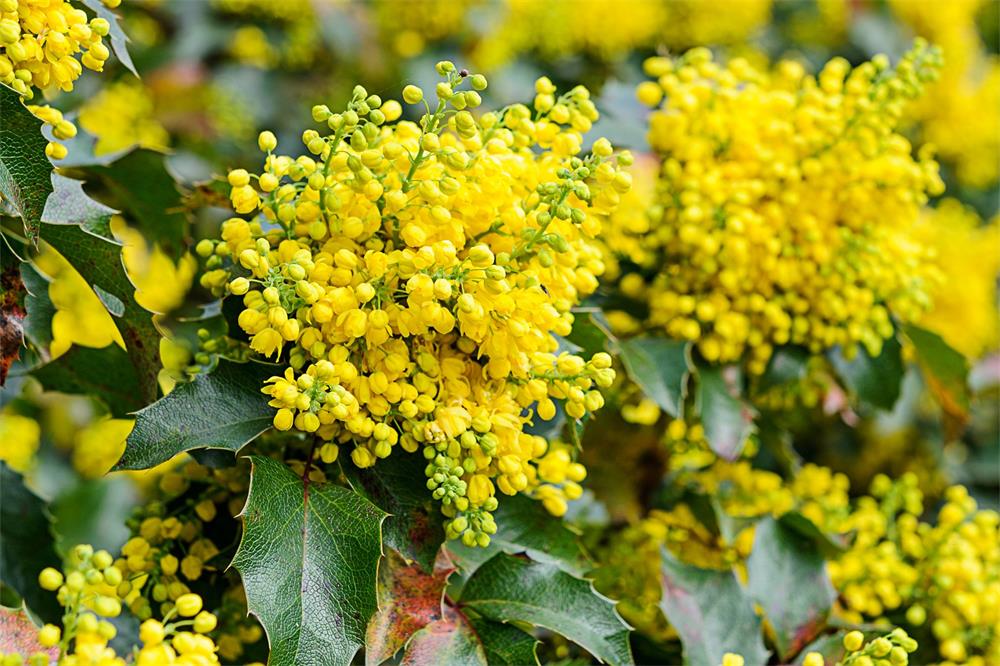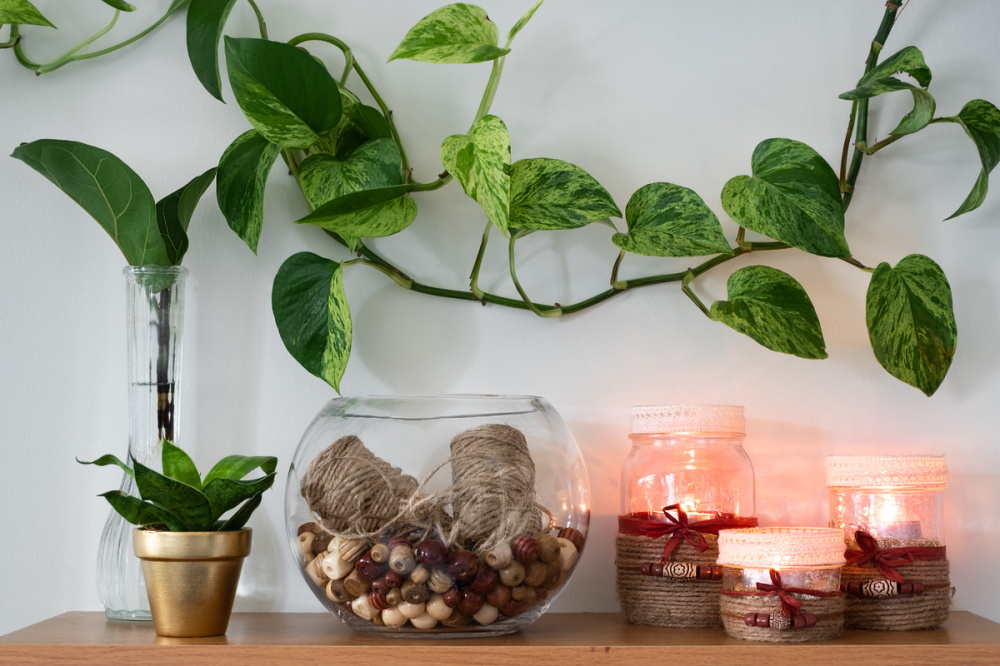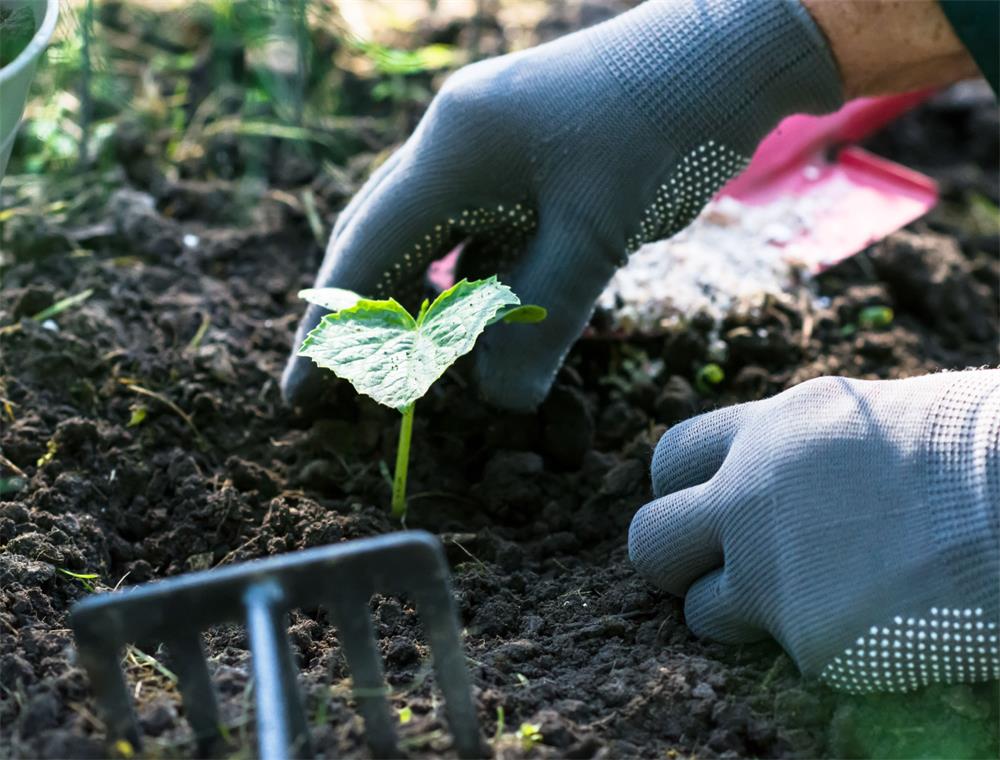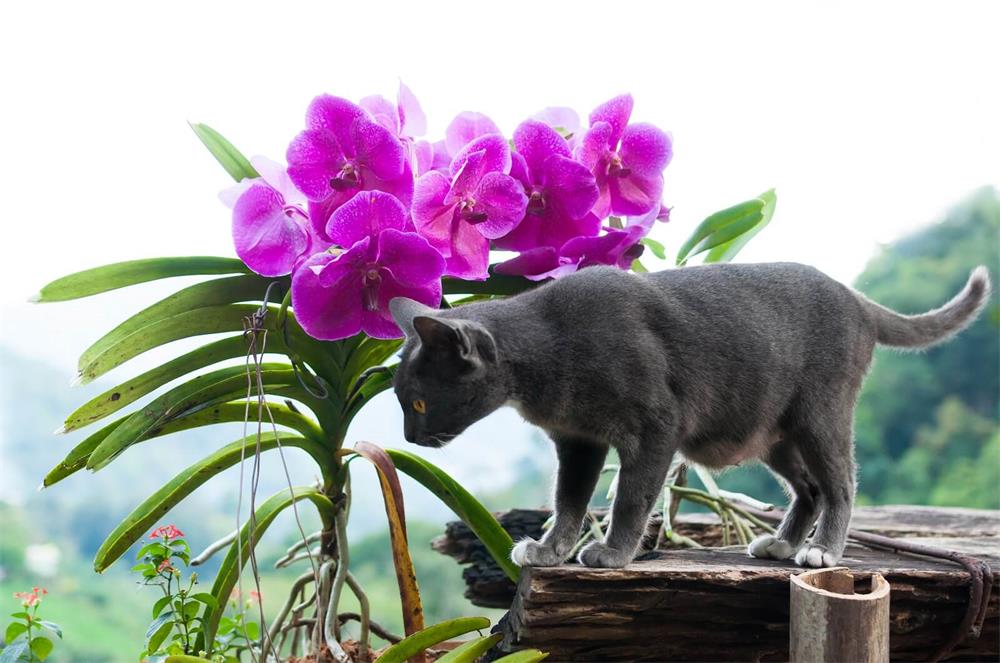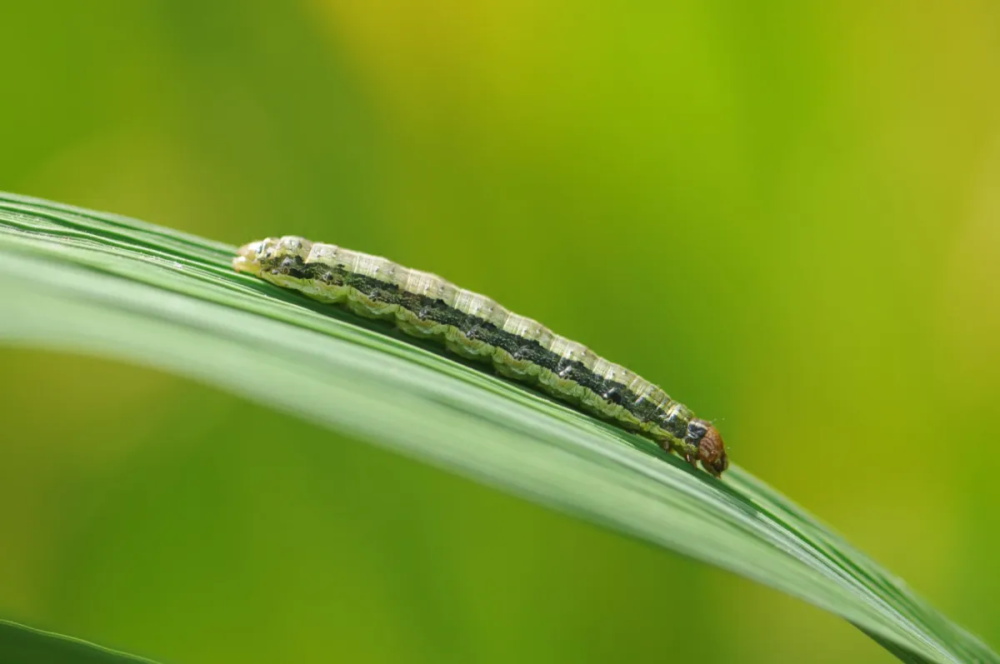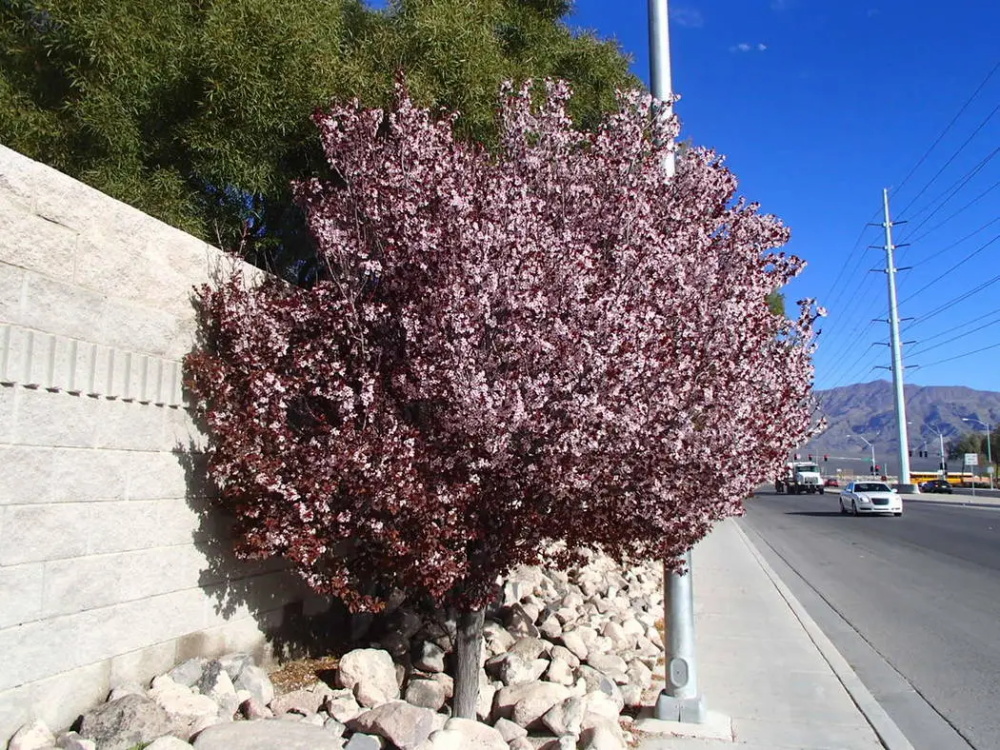
Table of Contents
The purpleleaf plum tree (Prunus cerasifera), also known as the cherry plum, is a popular flowering specimen tree for home landscapes. It’s a relatively small tree with a rounded growth habit. It produces fragrant, five-petaled pale pink to white flowers in the spring that are roughly an inch across, which then turn to small fruits. The elliptical leaves can range in color from purple to green. This tree has a moderate growth rate of about one to two feet per year. It’s best planted in the early spring or fall. It is a larval host plant for the Eastern Tiger Swallowtail butterfly (Papilio glaucus) ¹. The stems, leaves, and seeds contain cyanide and are toxic, especially in the process of wilting; they are mildly toxic to humans ³, and toxic to dogs, cats, and horses ².
The purpleleaf plum is a relatively short-lived tree, lasting only around 20 years, and it requires a bit of maintenance. Yet growers still love it for its beautiful spring flowers and rich leaf coloring. In terms of its care, plan to water your tree throughout the growing season (spring to fall) if rainfall is insufficient. This tree also will likely benefit from annual feeding and pruning.
Grown for its colorful dark purple foliage, it produces small edible red fruits 1¼” in diameter that ripen in late summer: a perfect snack food for songbirds and small animals. You might want to choose a planting location away from walkways and driveways that receive a lot of foot traffic so that you don’t step on fruit that falls to the ground.
Light
This tree grows best in full sun. Six to eight hours of sunlight per day results in the most vibrant purple leaf color. If the tree is planted in a location that’s too shady, its leaves lose their purple color and can become green.
Soil
The purpleleaf plum likes loamy soil with excellent drainage and an acidic to neutral soil pH (5.0 to 7.0). It also can tolerate clay and sandy soil. It does not tolerate compacted soil or pollution and will struggle to grow in urban conditions.
Water
This tree prefers a moderate amount of soil moisture. Once it’s established, it does have some drought tolerance. It likely will need extra waterings during long stretches without rainfall or in extreme summer heat.
Temperature and Humidity
The purpleleaf plum is fairly tolerant both to cold and to heat. It can grow in USDA hardiness zones 4 through 9 ¹. It can withstand temperatures as low as -30°F (-34°C) ⁴ and as high as 100°F (38°C) ⁴. It does not require high humidity levels.
Fertilizer
This tree benefits from an annual application of a balanced fertilizer (such as 10-10-10) in early spring before new growth begins ⁴. Follow the label instructions for the amount and frequency of application.
Pruning
This tree should be pruned in late winter or early spring before the buds break ⁴. Pruning helps to maintain the shape and health of the tree, as well as to remove any dead, diseased, or damaged branches. Pruning also encourages more flowering and fruiting.
To prune this tree, start by removing any suckers that grow from the base of the trunk or the roots ⁴. Then, cut back any branches that are crossing, rubbing, or crowding each other. Next, thin out some of the inner branches to allow more light and air circulation. Finally, trim back any branches that are too long or out of proportion.
Propagating
This tree can be propagated by seeds or cuttings ⁴. Seeds can be collected from the ripe fruits in late summer or early fall. They should be cleaned, dried, and stored in a cool place until spring. Seeds need stratification (cold treatment) for about three months before sowing ⁴. Cuttings can be taken from semi-hardwood stems in late summer or early fall. They should be dipped in rooting hormone and inserted into moist potting mix ⁴. Cuttings need bottom heat and misting until they root.
Pests and Diseases
This tree is susceptible to several pests and diseases that can affect its growth and appearance ¹. Some of the common problems include:
- Aphids: These are small, soft-bodied insects that suck the sap from the leaves and stems. They can cause curling, yellowing, and distortion of the foliage. They also secrete a sticky substance called honeydew, which can attract ants and fungal growth. Aphids can be controlled by spraying with insecticidal soap or neem oil, or by releasing natural predators such as ladybugs or lacewings.
- Borers: These are larvae of various beetles or moths that tunnel into the wood of the trunk or branches. They can cause wilting, dieback, and weakening of the tree. Borers can be prevented by keeping the tree healthy and avoiding injuries to the bark. Borers can be treated by injecting insecticides into the holes or by pruning out the infested parts.
- Leaf spot: This is a fungal disease that causes brown or black spots on the leaves. It can reduce the photosynthesis and vigor of the tree. Leaf spot can be prevented by avoiding overhead watering and improving air circulation. Leaf spot can be treated by removing and disposing of the infected leaves and applying fungicides.
- Shot hole: This is a bacterial disease that causes small holes on the leaves after the infected tissue falls off. It can also affect the flowers and fruits. Shot hole can be prevented by avoiding wet and humid conditions and pruning out any diseased parts. Shot hole can be treated by applying copper-based sprays.
Varieties
There are several varieties of purpleleaf plum tree that have different characteristics and features . Some of the popular ones include:
- ‘Atropurpurea’: This is one of the most common varieties. It has dark purple leaves that turn reddish in fall. It has pink flowers and red fruits.
- ‘Newport’: This is a hardy variety that can tolerate cold climates. It has reddish-purple leaves that turn bronze in fall. It has white flowers and purple fruits.
- ‘Thundercloud’: This is a compact variety that has a dense canopy. It has deep purple leaves that turn reddish-purple in fall. It has light pink flowers and dark purple fruits.
- ‘Krauter Vesuvius’: This is a fast-growing variety that has a narrow shape. It has bright purple leaves that turn orange-red in fall. It has light pink flowers and red fruits.
Frequently Asked Questions
Q: How do I know if my purpleleaf plum tree needs water?
A: One way to check if your tree needs water is to insert your finger into the soil near the root zone. If it feels dry, then you should water your tree. Another way is to observe the leaves of your tree. If they start to wilt or droop, then you should water your tree.
Q: How do I know if my purpleleaf plum tree needs fertilizer?
A: One way to check if your tree needs fertilizer is to look at its growth rate and leaf color. If your tree is growing slowly or has pale or yellowing leaves, then you should fertilize your tree. Another way is to test your soil for its nutrient levels and pH. If your soil is deficient in nitrogen, phosphorus, potassium, or other micronutrients, or if it is too acidic or alkaline, then you should fertilize your tree.
Q: How do I know if my purpleleaf plum tree needs pruning?
A: One way to check if your tree needs pruning is to look at its shape and health. If your tree is too crowded, lopsided, or has dead, diseased, or damaged branches, then you should prune your tree. Another way is to follow a regular pruning schedule based on your tree’s age and type. Generally, young trees need more pruning than older trees, and flowering trees need more pruning than fruiting trees.



